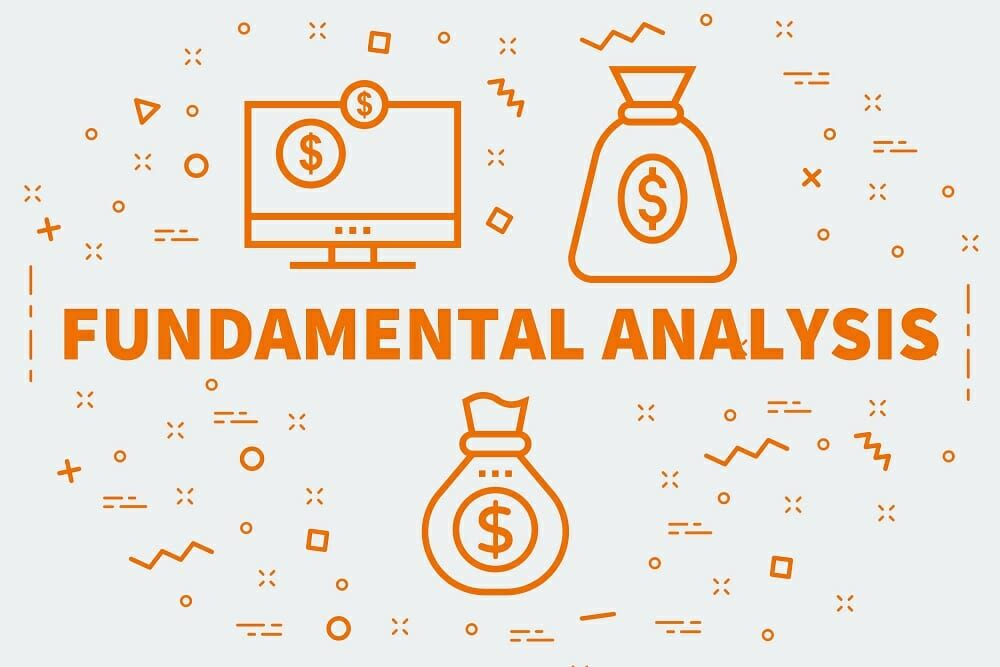Talking technical analysis
One concept to clear up first: What is technical analysis? It is relative to the daily trading status of the stock market, price changes, and volume trends of the curve or shapes prototype. According to the time order, it will be made into graphics or charts or has formed a certain number of indicators system, and then research and analysis of these graphics or charts indicators. That is, for the stock price trend chart or these indicators for graphic analysis and research. Observing the trend of stock prices every day shows the pattern and shape. There are rules to follow. If a stock price out of the downward triangle shape, and the triangle becomes narrower and narrower, the probability of the graph going up will often be greater; if three consecutive candlesticks are all red, and the entity is relatively large, the probability of the stock going up will often be greater. To take another example, if the stock price often rises three times, it will be followed by two corrections, the magnitude of the correction is often half of the previous correction or 0.382. These laws were discovered through long-term statistical work by predecessors.

Technical analysis is also the historical graph of the past to make statistics and summaries and provide guidance for future operations. Through continuous summarization and induction in the course of actual combat, predecessors have gradually formed some technical analysis theories and tools, such as Dow Theory and Wave Theory. Each theory has a set of independent analysis methods, but in essence, they are all summations of experience. Of course, technical analysis is not an exact science, but a summation of experience. It cannot be achieved at 100%.

Fundamental analysis is another important form of analysis. The fundamental analysis distinguishes between technical analysis, which is based on the intrinsic value of a security, and analysis of factors that affect its price and trend, to decide which security to buy and when to buy it. The fundamental analysis mainly uses macroeconomic, industry conditions, the company's operating conditions, financial conditions, the company's business strategies, company statements, and other data to carry out the valuation. Take, for example, a fundamental analysis of what to do with a stock and how much is that stock worth. The market thinks that the market price of the stock you bought is ten yuan. You find that the actual value of this company is 15 yuan through the research of macro or industry companies. If you think that this company is undervalued, then you buy it. If you find that it is only worth eight yuan through research, there is no doubt that you should sell it. This is fundamental analysis, also known as valuing a stock, or estimating how much it could be worth. To do fundamental analysis, you have to have a strong base of economic expertise. Who is good at, and enjoys fundamental analysis? What about securities analysts, no doubt, or researchers at the Institute of Securities Dealers, these institutions? He's good at fundamentals. Of course, almost all economists we know are fundamental analysts. At least I see few economists out to do technical analysis is relatively rare.
Well, In technical analysis, most of the individual investors, but also are not securities or financial majors, because if you do not have a solid economic and financial foundation, it is still more difficult to do fundamental analysis, than you from technical analysis, import technical analysis, it is relatively simple and direct.
Technical analysis and fundamental analysis have their advantages, characteristics, and disadvantages, and can be complementary. As a mature investor, it is best to master both of these analytical methods so that your ability to survive in the capital markets will be stronger.
What are the strengths and weaknesses of technical analysis?
First, the technical analysis, although the theory of more schools, the actual operation is relatively simple, suitable for most beginners. Each of its tools has independent market power. Once you've learned one or the other of these, you can apply it to manipulate and trade, which is a lot easier than fundamental analysis.
Secondly, The technical analysis graph reflects all market information. It is also one of the most important theoretical foundations of technical analysis. We will cover the three major theoretical foundations of technical analysis in the following class. The candlesticks, patterns, and any stock price graphs that we have seen have reflected everything that has happened in this market, both positive and negative, on this disk. We see the fluctuation of the K line every day. It is the collective game of all participants in this market. So you just have to decipher the graphic to get the market right. Fundamental analysis has certain defects in this respect. Everyone knows that there is a lot of fundamental information, and there is a lot of information that you do not know, and a lot of it is information. For example, a listed company is going to be reorganized. Only a few people know about it. You can't make it clear after studying.
Thirdly, Technical analysis is very broadly applicable to all types of finance. If you've learned technical analysis, for instance. You can then analyze any entry into the listed market. Not only can you trade stocks, but you can also analyze commodity futures, commodities, foreign exchange markets, and treasury bonds, whether domestic or foreign products and you can conduct analysis. You can trade if you have the fundamentals, but fundamental analysis, the average investor who buys two stocks, can do the analytics. However, studying commodities, foreign exchange, and bonds, may be more difficult, as the requirements for your knowledge reserves are relatively high.
Fourth, in the specific transactions to grasp the buying and selling signals, but also mainly rely on technical analysis. Technical analysis of buy and sell signals will be more timely and accurate. Through financial analysis and industry research, you find that a certain company is very good, but when to buy and when to sell? You still have to rely mainly on the signals of technical analysis, the signals of technical analysis, which are more direct and fast, and far ahead of the signals of fundamentals. For example, if you buy a stock at a high level and continue to add trading volume and oscillate, then suddenly break the upward trend and break the moving average, this is an obvious signal to sell. But at this time, you often can't see the changes from the company level or the fundamental level. You can see the company's performance, and it is still growing at a high speed. The industry environment is also good, and there is no problem. However, you find that the fundamental sell signal will come out after the stock price has fallen for a long time, and there will be many negative operating problems at the company level.






